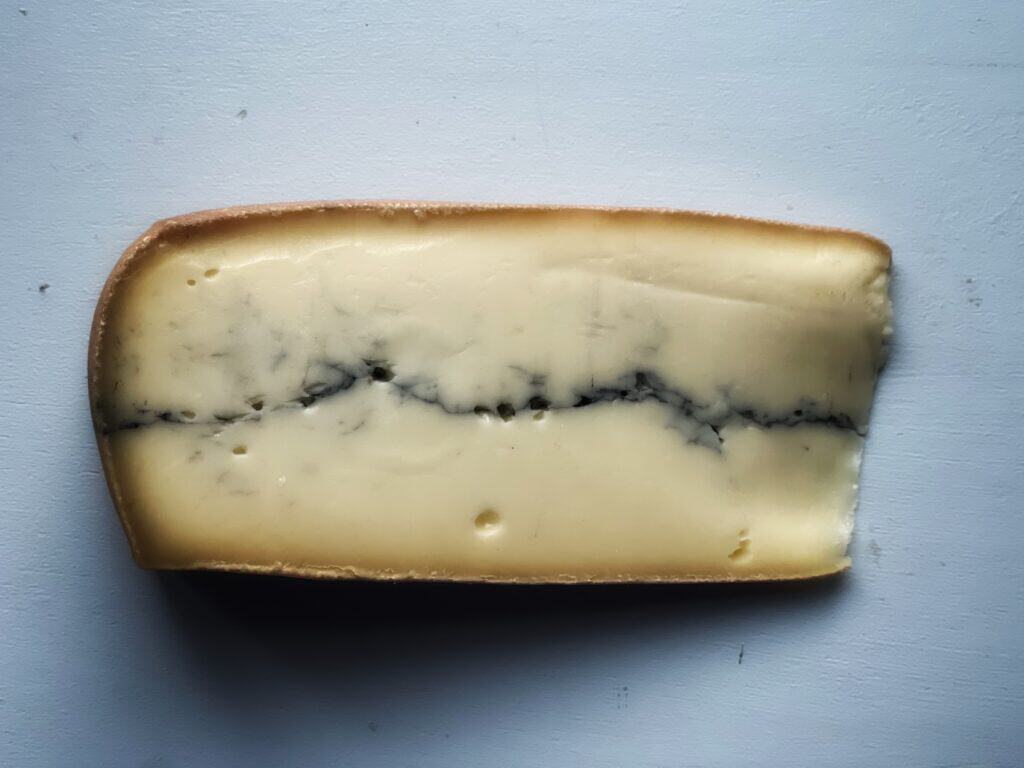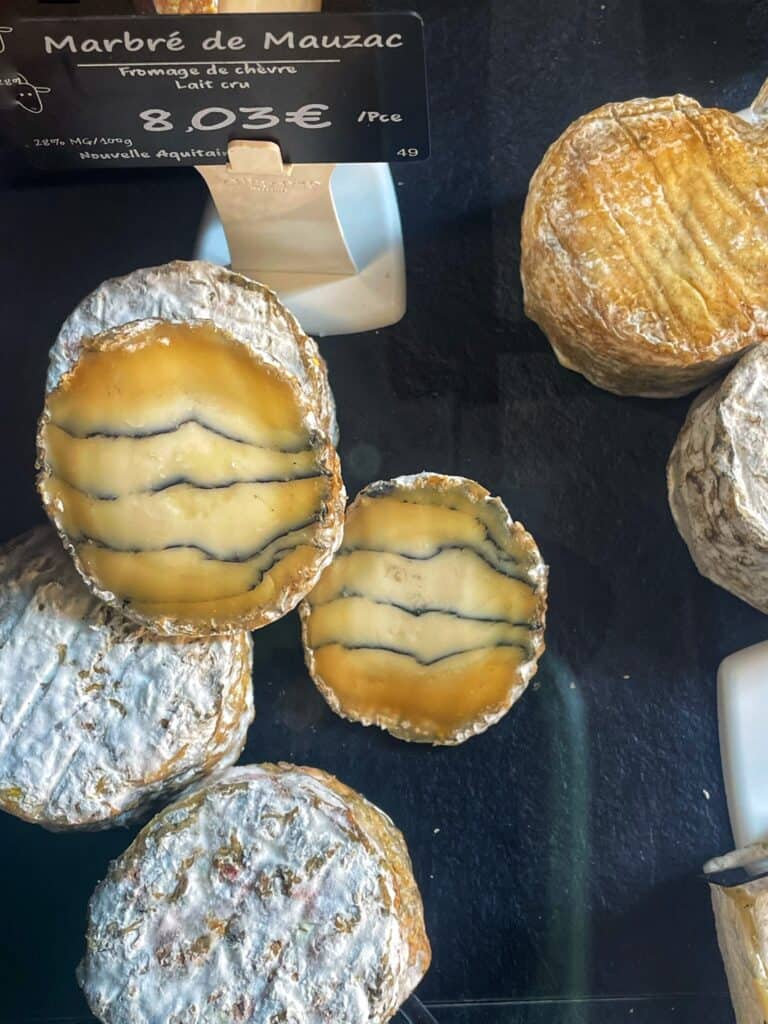Hint: It has something to do with pH levels.

Like a string of pearls elevating a black dress, ash adds panache to cheese. Whether separating layers of curd as a dark vein cutting through traditional French Morbier or coating a Valençay pyramid, ash is a timeless, striking accessory.
Aesthetics aside, practicality plays a role when cheesemakers employ this sterile, odorless, tasteless substance in affinage. The scientific value of ash lies in its absorptive properties and its pH level of 7. Ash helps dry the surface of cheese and neutralize its typically acidic pH level. The drier, more alkaline surface encourages the right molds (e.g. Penicillium candidum) and yeasts (e.g. Geotrichum candidum) to grow while holding the wrong ones at bay, explains Cleveland Heights–based cheesemaker Kandice Marchant. Before becoming a cheesemaker, Dr. Marchant served as the medical director of hemostatis and thrombosis at the Cleveland Clinic.
Marchant makes Elmstead Ash, a triple cream, bloomy rind, in an Amish dairy 90 minutes south of her Cleveland Heights retail store, Marchant Manor Cheese. High-fat cheeses such as this one (made from A2 Guernsey cow’s milk and cream) drain slowly. “Geo [Geotrichum candidum] won’t grow well on wet surfaces,” says Marchant. Producing the cheeses in Saint-Marcellin molds in 80 to 200 batches, she uses a shaker to spread salt and French grapevine ash across the tops of the cheeses in several passes. She flips the cheeses and covers the remaining sides. Each cheese requires 1⁄16th teaspoon of ash to create a hospitable environment so the mold can bloom through the ash in seven to 10 days.


Mabre de Mauzac
According to Zoe Brickley, director of communications at Jasper Hill Farm in Vermont, the vegetable ash used to make the creamery’s Sherry Gray is mixed into a slurry with water and brushed onto the outside of already salted 7-ounce medallions. Because food-grade ash is so finely ground (Brickley likens the consistency to cocoa powder), this process ensures each cheese is coated evenly.
Maine cheesemaker Sarah Wiederkehr of Winter Hill Farm in Freeport is happy with the results she gets from a shaker to make her capstone cheese, Tide Line. She applies a thin layer of maritime pine ash between two layers of homestead cow’s milk curds. She likes how the ash settles slightly unevenly between the layers, resembling the jagged seaweed line left on the beach once the tide recedes. Once the ash-laced cheese has drained in square molds overnight, she combines more ash with salt and shakes the mixture all over the outside of the cheeses before aging them. The result shows how ash can add both beauty and balance to the scientific art of cheesemaking.




